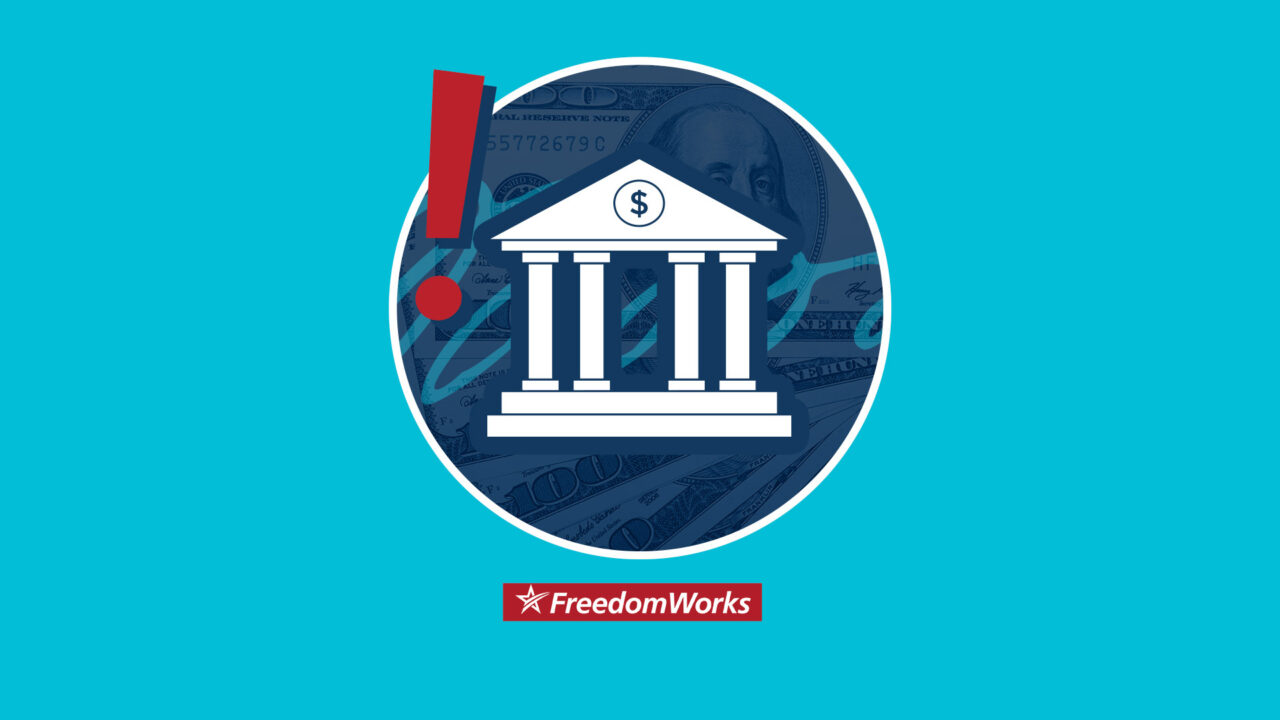The Cruel Long-Term Implications of Price Controls Placed on Debt

As seen in RealClearMarkets.
Call it a statement of the obvious, but prices organize the market economy. As they go up and down, the movements exist as information for producers and providers of what we want more and less of. But what if the prices are corrupted or distorted?
A recent distortion revealed itself in 2021 when Illinois lawmakers passed the Predatory Loan Prevention Act. In simple terms, the legislation imposed a 36 percent interest rate cap on all loans made by non-bank and non-credit union financial institutions to individual borrowers. Ostensibly passed to protect needy individuals from excessive interest rates and difficult payback terms, the legislation at least theoretically ignored the basic truth that artificial price ceilings result in shortages. Call it basic economics.
Eager to test what reads as basic, economists J. Brandon Bolen (Mississippi College), Gregory Elliehausen (Board of Governors, Fed), and Thomas Miller (Mississippi State) decided to research the impact of the Predatory Loan Prevention Act. Their findings confirmed the theory “that a binding interest-rate cap decreases credit availability for high-risk borrowers.”
Subsequent to the legislation, loans to subprime borrowers decreased by 30 percent. Minority borrowers in particular were hit hard, with “over 60 percent of black borrowers and over 70 percent of Hispanic borrowers” finding that they were “unable to borrow money when they needed it” following the rate cap’s imposition.
Reduced access to capital proved rather crippling for those shut out of credit markets. Bolen et al report in their study that individuals “with incomes below $50,000 annually were more likely to respond that their overall financial well-being had declined” in the legislation’s aftermath. The source of the decline included late payment of bills, visits from debt collectors, the “pawning [of] personal possessions, borrowing money from disreputable sources, skipping urgent appointments or expenses, losing utility services, and children being impacted.” Compassion can be very expensive for those to whom the compassion is directed. And that’s just the near-term impact of price controls.
Less discussed but no less problematic would be the long-term implications of rate caps meant to protect the poorest. Put another way, it’s always useful to contemplate the second and third stage implications of legislation that puts an artificial price on a market good.
While we know the short-term challenges that revealed themselves for subprime borrowers, perhaps less discussed is the future. A failure to attain credit essentially builds on itself. Looked at another way, it’s difficult to borrow without a history of borrowing. Which is why access to loans in the early days is so crucial. A foot in the door now sets the stage for greater credit access down the line.
Bolen, Elliehausen and Miller seemed to confirm this. From their study, they found that while loans to subprime borrowers by small-dollar lenders declined 30 percent, their average loan size increased 37 percent. The increased average loan size signaled more money being loaned to those with relatively well-established credit histories as those who lacked a borrowing history went without aboveground credit altogether. Stop and think about what this means.
Rate caps don’t just result in impairment for the riskiest borrowers in the here and now. Arguably more crippling for them as price controls reduce them to “borrowing money from disreputable sources” is an inability to establish a credit record altogether. Figure that “disreputable sources” means establishing credit well outside the aboveground market. Translated for those who need it, rate caps more than impaired the finances of the kind of borrowers they were supposed to help, as in the price controls didn’t solely push borrowing back into the black market.
It’s something to think about. Borrowing begets borrowing. When we’re able to borrow we’re able to establish a credit history that renders us more creditworthy in the future. Except that borrowers need to be able to make the initial step up the lending ladder. This is hard to do with price controls that limit the first step.
For press inquiries, contact Peter Vicenzi, PVicenzi@FreedomWorks.org.



